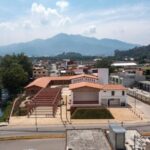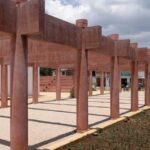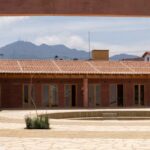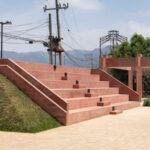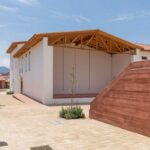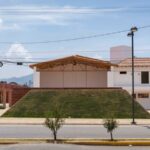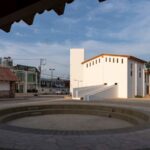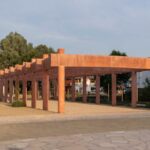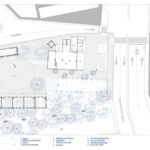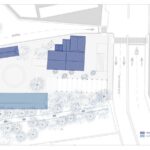Transforming Community Spaces: The Community Development Center
In San Cristóbal de las Casas, Mexico, the Laboratorio de Acupuntura Urbana has undertaken a remarkable architectural transformation project: the Community Development Center in the old Municipal Slaughterhouse. This initiative aims to provide essential services that foster community well-being and social engagement, breathing new life into a historically significant site.
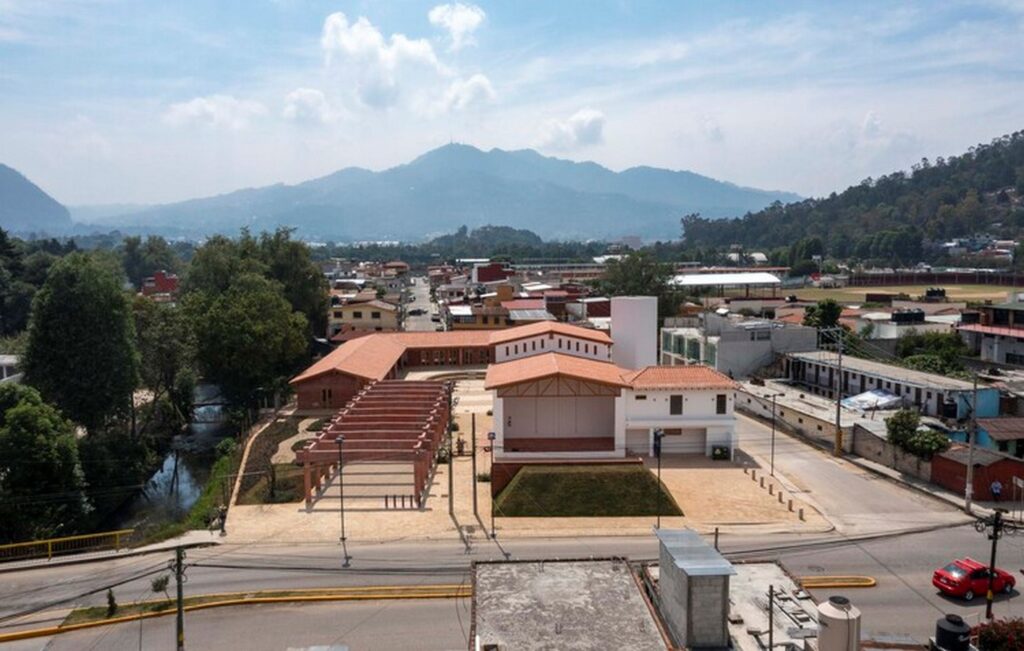
Revitalizing Historic Infrastructure
Situated in the Las Rosas sector of San Cristóbal de las Casas, the project encompasses the rehabilitation and transformation of the old Municipal Slaughterhouse into a vibrant community hub. Spanning an area of 2,614.39 m², the center embraces the existing architectural heritage while introducing innovative elements to create inviting public spaces.
Fostering Inclusivity and Equity
A key focus of the project is promoting gender equity and security within the community. By providing well-lit, accessible spaces that cater to diverse needs, the center strives to ensure equal opportunities for all individuals. Additionally, efforts are made to integrate urban and rural populations, with particular attention to indigenous communities, fostering social cohesion and environmental stewardship.

Designing for Flexibility and Integration
Central to the project is the creation of a recreational agora, serving as a unifying axis that connects existing structures with new additions. Drawing inspiration from the site’s history and cultural significance, the center incorporates exhibition areas, workshops, offices, dining spaces, and outdoor areas. This thoughtful integration of diverse functions fosters a sense of continuity and community engagement.
Promoting Environmental Sustainability
In addition to its social objectives, the center prioritizes environmental sustainability. By integrating endemic vegetation and implementing measures to mitigate pollution, such as rainwater collection and drainage optimization, the project seeks to restore ecological balance and promote public health. Environmentally friendly materials, including vertua concrete and locally sourced wood and clay tiles, further underscore its commitment to sustainability.
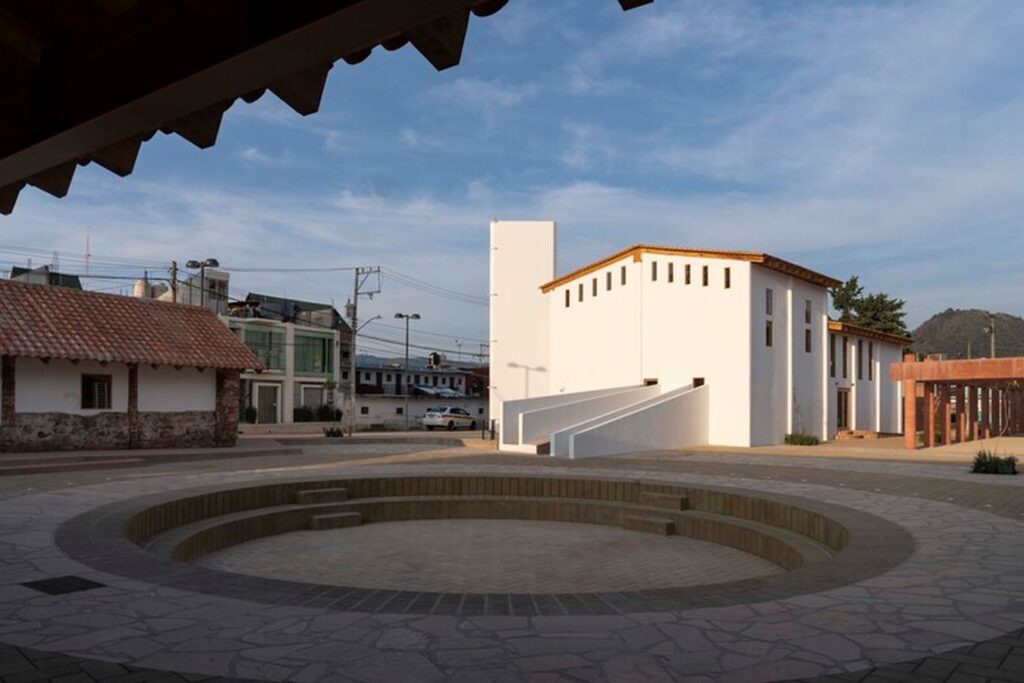
Harmonizing Structure and Design
The architectural vision is realized through a harmonious blend of structural integrity and aesthetic appeal. Existing buildings are repurposed to accommodate the center’s functions, while new constructions are designed to complement the site’s historical context. Concrete walls and columns, pigmented to match the surroundings, support wooden roof structures adorned with clay tiles, reflecting the region’s architectural identity.

Empowering Community Engagement
Ultimately, the Community Development Center serves as a catalyst for community empowerment and cultural expression. By offering a safe, inclusive space for art exhibitions, workshops, indigenous language classes, and cultural events, the center fosters a sense of pride and belonging among residents. Through its transformation, the site evolves from a symbol of “blood and death” to one of “life and light,” embodying the transformative power of architecture in fostering social cohesion and well-being.

